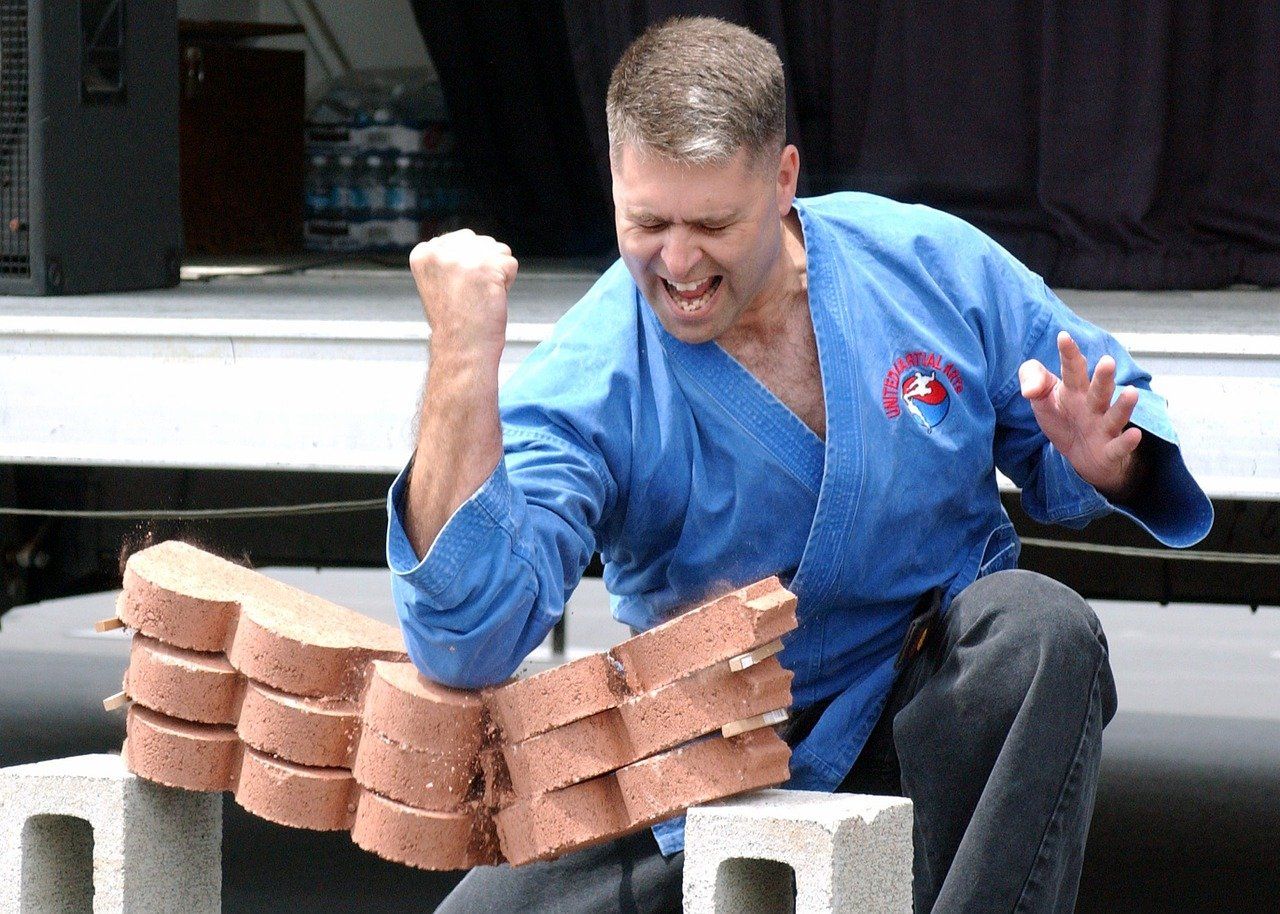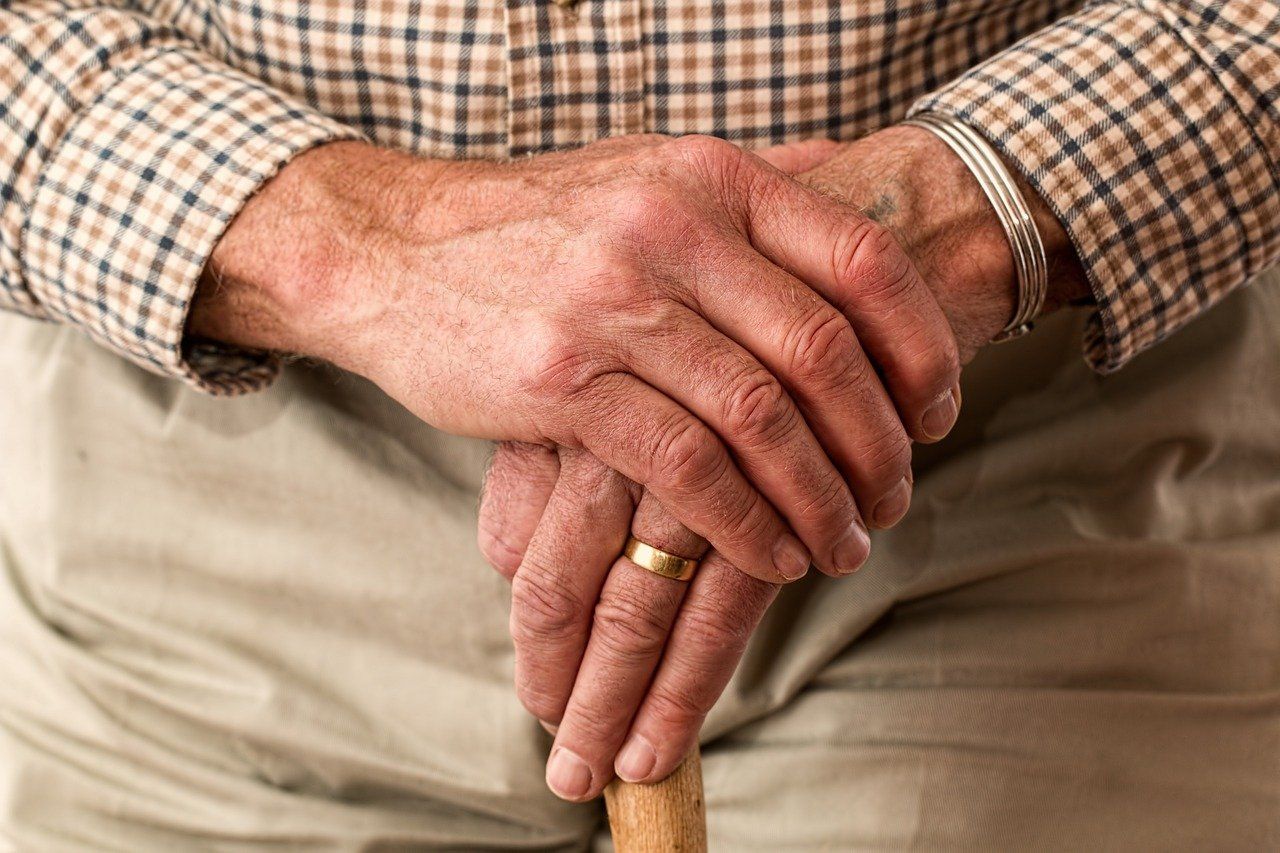Introduction
Epicondylitis, otherwise known as tennis elbow, is a common condition. It can cause pain in your outer elbow and forearm and make everyday activities uncomfortable. In this post, we’ll look at ESWT as a treatment option. We'll define which type of ESWT is best suited to treat tennis and golfers’ elbow.

What is Epicondylitis?
What is Epicondylitis?
Epicondylitis is a common ailment that affects the tendon connecting your forearm to your outer elbow. It is caused by repeated movements and is not limited to tennis. Any regular repetitive activity can make you susceptible. Over time, these movements develop tiny tears in the tendon. This area will then swell and become tender, causing pain and discomfort.
Tennis elbow is the most common persistent elbow condition and affects as many as three people every one hundred of the population per year. Those aged 40-50 are most likely to develop tennis elbow, but anybody can get it. It can present in either arm but is most common in the one seeing dominant use. Symptoms develop over time and may last up to two years.
Tennis elbow should not be confused with golfers' elbow. The latter, sometimes called medical epicondylitis, affects only the inner elbow. If you want further information on golfers' elbows, please check our condition page here.
Symptoms
Symptoms
Typical symptoms include pain or tenderness on the outer side of the elbow. Pain may extend down your forearm and reach as far as the back of your hand.
Patients may experience anything from mild discomfort to all-encompassing pain. It is typically worse when moving the area, but in severe cases, it can see discomfort when stationary. Not resting or continuously straining the affected arm can exacerbate symptoms, too.
You are likely to experience pain:
- when lifting, twisting or bending your forearm
- when gripping everyday objects such as pens or cutlery
- when tensing your arm to perform menial tasks
- when attempting to reach or fully extend your arm
Causes
Causes
Repetitive or strenuous activity is the leading cause of tennis elbow. Often, this involves a specific strain on the forearm muscles. However, activities such as drawing, painting, or gardening - in which these muscles are not used - can also cause tennis elbow.
Even regular exercise in this area doesn't exclude you from being susceptible. Tennis elbow can still take effect on even the most practised muscles.
Everyday activities that can lead to tennis elbow:
- racquet sports or those that involve shooting or throwing an object
- painting, wiring, plumbing, and brickwork professions
- the use of hand tools, such as scissors, shears, or screwdrivers
- fine motor activities, like drawing, typing, or crochet
Racquet sports, in particular, can increase your risk of developing this condition. The chances are more significant still should you be playing after a period away from the sport. Still, 95% of all cases have nothing to do with tennis or racquet sports. It's important to stay vigilant while practising any repetitive activity.

What is ESWT?
What is ESWT?
Extracorporeal shock wave therapy (ESWT) is not a new concept. It's a type of sound wave therapy for over 25 years. One popular application is the healing of bone and tendon damage.
Treatment involves a high-energy shock wave channelled deep into the affected tissue. This is done via a precise applicator to speed up the body's healing response.
At London Shockwave & Sports Injury Clinic, we have perfected our approach to this effect. Our machine ables us to adjust the shockwave pressure according to individual patient requirements. Treatment lasts no longer than ten minutes, with the patient experiencing a sensation not unlike a repeated flick to the skin.
There are two types of Extracorporeal shock wave therapy used in the clinic. Please see both of these below.
Radial
Radial
Radial shock wave therapy allows for adjusting the nature of the shock via varied kinds of shockwave transmitters. At max power, the intensity of this treatment is condensed superficially. It remains suitable for treating superficial tissue.
Focused
Focused shockwave therapy produces many of the same therapeutic effects as radial treatment. However, this method allows for constant high-intensity and adjustable penetrative depth. This therapy option is suitable for both deep - and superficially lying tissues.

Which of these is better for Epicondylitis?
Which of these is better for Epicondylitis?
AT London Shockwave & Sports Injury Clinic, we're experienced in both Radial-ESWT and Focused-ESWT. Both have their merits and are individually suited to several varied injuries.
Radial shock wave therapy can be effective in treating epicondylitis. However, administering treatment close to the site can leave the affected area sore.
We believe that focused shock wave therapy is the best choice for epicondylitis. This is because it can penetrate deeper into the targeted tissue. Additionally, our use of focused BTL technology ensures minimal pain during treatment. Discomfort is generally selective and occurs only in the case of significant scarring or injury to tendon tissue. For this reason, patients can usually handle a higher treatment dose in this case.
What are the benefits of using shock wave therapy to treat tennis elbow?
Several studies have shown ESWT to significantly affect patients suffering from this condition.
From as early as 2007, a study by Cairo University [1], supported these benefits. The above article credits extracorporeal shock wave therapy as a valuable noninvasive alternative to surgery.
Another 2021 article by Stania et al. [2] showed notable pain reduction across all subject groups at 6 and 12 weeks. Grip strength and wrist movement significantly improved compared to the pre-study presentations.
A third study by The First People's Hospital of Neijiang, [3] further supports these claims. Yao writes that the current clinical evidence agrees that ESWT can effectively relieve both pain and functional impairment. Also noted is the increased safety of this approach when compared to other methods. Extracorporeal shock wave therapy, it concludes, would be preferable to corticosteroid injection.
ESWT can be an effective treatment for epicondylitis when administered correctly. It can negate the need for more invasive procedures, leaving you out of action for much longer. It can be beneficial to those who have seen no improvement from past surgical attempts or those who have yet to consider these measures.
The next steps at London Shockwave & Sports Injury Clinic
The next steps at London Shockwave & Sports Injury Clinic
Tennis elbow can be a significant discomfort and impact all areas of your livelihood, even outside of sport. Luckily, as a patient, you have several options going forward. We understand that you are in pain and are committed to resolving this carefully and efficiently best suited to you. Our team will guide you through every step of the process.
If you haven't already been diagnosed, we can do that here. This involved a three-point analysis where our diagnostician will conduct an exam, and orthopaedic tests and discuss your personal history. From there, we provide new imagery of the area regardless of prior diagnosis or history. If you have past images, feel free to bring those to your appointment.
After shock wave therapy, we can provide rehab for the weakness behind your injury. This is essential when combatting reoccurrence. We'll also continue to track and advise on your progress. The ultimate aim is always to equip you with the tools to stay well going forward from therapy.
To conclude
Extracorporeal shock wave therapy is a valuable and effective treatment tool. It can vastly improve functional impairment and offers a less invasive solution to steroids or surgery.
Overall, Focussed-ESWT is typically better when treating tennis elbow and related ailments. It is less painful in this area than the Radial variety and allows for more intensive treatment at the site.
If you or a loved one have been affected by epicondylitis, please do not hesitate to reach out. You can do this through our website by requesting a call back at the following address: contact details for shock wave clinic London based. Alternatively, you can find further information on our approach to shock wave therapy or find out more about our clinic and the work that we do. Our dedicated team is on standby and always ready to help. We can discuss your unique circumstance and requirements and work together to find a treatment plan that works for you.
Request a call back to learn more
If you're coping with painful Epicondylitis think shock wave therapy could help, we'd love to help. Request a call back now to find out if this effective treatment could be suitable for you.